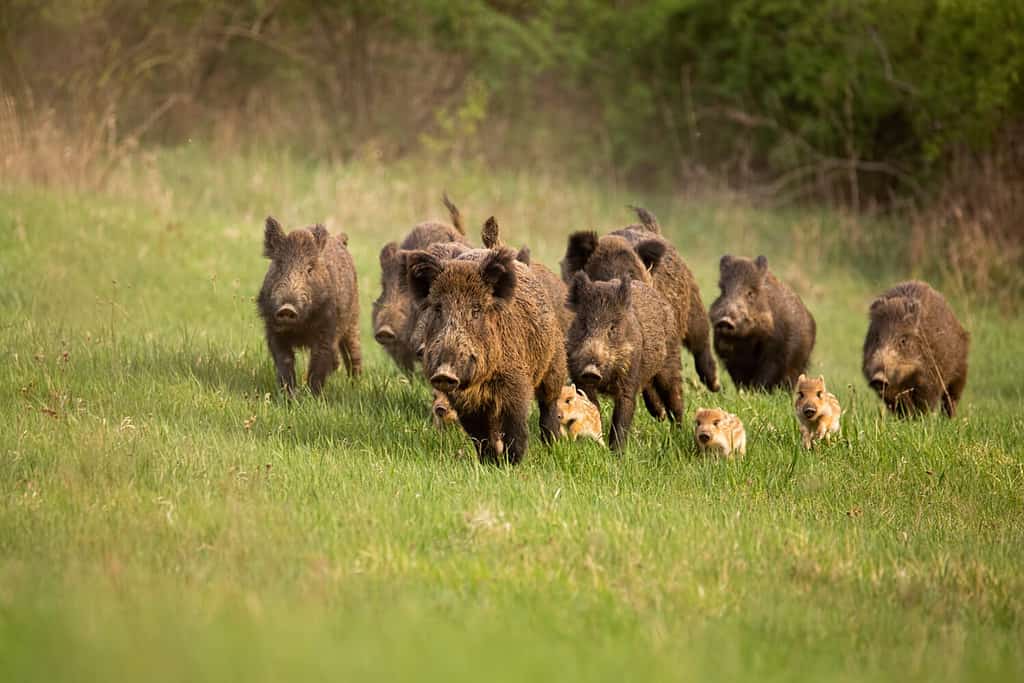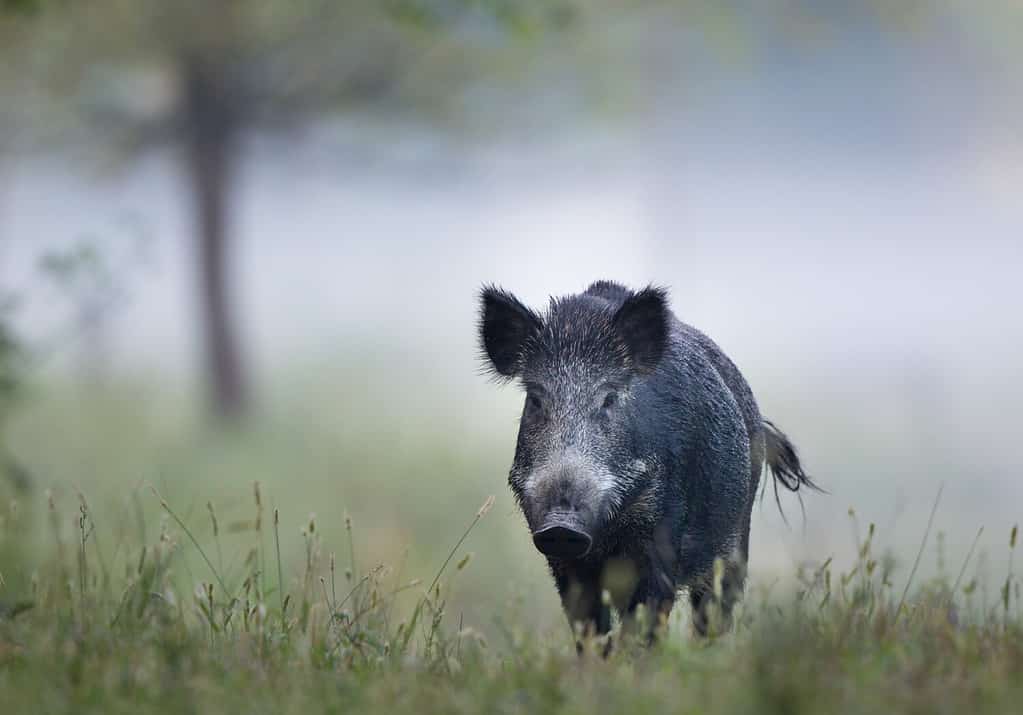In the southeastern German state of Bavaria, researchers have determined that wild boars contain levels of radiation 25 times the regulatory limit for human consumption. For decades, studies have focused on wild boar radiation levels following the Chernobyl nuclear disaster. Most studies have attributed the high levels of radiation in this region strictly to the Chernobyl catastrophe.
However, in a new study published by researchers from the Technische University in Austria and Leibniz University in Germany, scientists have discovered that Cold War-era nuclear testing from 60-80 years ago is also a major contribution to the high radiation levels of Bavaria’s wild boars. This is a ground-breaking revelation considering the rhetoric by many governments at that time was that their nuclear testing projects had negligible effects on the environment.
Researchers teamed with hunters across the affected region to obtain and examine meat samples. As has been previously documented, the wild boar samples contained exceedingly high levels of radioactive cesium-137 and cesium-135. Next, the team set about determining how much radiation stems from nuclear testing in the region from 60-80 years ago. To distinguish the radiation sources, the scientists used a mass spectrometer. This analytical tool helped identify whether the radiocesium occurred via a nuclear weapons explosion or nuclear reactors from Chernobyl. Across the samples, they found that nuclear testing in the area contributed to 12-68% of the radiation contamination of the boars.

The
wild boar
population in Bavaria is contaminated with radiation levels 25 times the regulatory limit for human consumption.
©WildMedia/Shutterstock.com
Wild Boar Radiation: Why Are Their Radiation Levels Persistently High?
One question of the study was why radiation levels remain so consistently high in Bavaria’s wild boar population. While radioactive levels in other game animals in the region tend to be decreasing over the years, the levels in the wild boar population remain high. Additionally, radiation levels in the topsoil in the affected region have also been decreasing. Researchers describe the phenomenon of wild boars as super accumulators of cesium-137 and cesium-135 as the “wild boar paradox“.
While scientists haven’t reached a definitive conclusion on this conundrum, many researchers believe the answer lies in the winter diet of the boars. In the wintertime, the wild boars rely heavily on rooting up truffles and other fungi fruiting bodies. Some scientists theorize that, over the years, radioactive material travels into the deeper layers of the soil, where underground fungi uptake the radiation. As the wild boars uproot these food sources each winter, they continue to become contaminated.
About the Wild Boars of Bavaria
Wild boars, classified as Sus scrofa, are native to much of Eurasia, including Bavaria. They are one of the most wide-ranging mammals in the world and are highly adaptable. This species is the ancestor of boar populations in the US, which people introduced in the early 1900s for sport hunting. Adaptable and cunning, wild boar populations quickly became destructive in many of its non-native environments. In their native ecosystems, healthy populations of natural predators such as large felines, bears, and wolves can keep wild boar populations in check.

While the wild boars of the U.S. are an invasive population, they are a native species of Bavaria.
©Budimir Jevtic/Shutterstock.com
The photo featured at the top of this post is © fongfong2/iStock via Getty Images
Thank you for reading! Have some feedback for us? Contact the AZ Animals editorial team.







